The LHC’s Cosmic Machinery: A Gateway to the Subatomic
The Large Hadron Collider (LHC), built by CERN beneath the Swiss-French border, is a 27-kilometer subterranean marvel that smashes particles at near-light speeds to unravel the universe’s origins. Operational since 2008, it uses superconducting magnets, chilled to -271.3°C, to propel protons and ions to collision energies of 13.6 teraelectronvolts (TeV). These collisions, occurring 100 trillion times per second, mimic the Big Bang’s early moments, allowing detectors like ATLAS and CMS to capture fleeting particles. The LHC’s crowning achievement, the 2012 discovery of the Higgs boson—nicknamed the “God Particle” for its role in giving matter mass—confirmed a cornerstone of the Standard Model, earning a 2013 Nobel Prize. Yet, its ability to probe uncharted realms, like dark matter or extra dimensions, makes it a beacon of both science and speculation.
Beyond its technical prowess, the LHC’s scale invites awe and unease. It produces antimatter at a rate of 100 billion antiparticles per second, probing why matter dominates our universe. The Standard Model, while robust, explains only 5% of the cosmos, leaving dark matter (27%) and dark energy (68%) as mysteries the LHC seeks to crack. Upgrades, like the High-Luminosity LHC planned for 2029, will amplify collision rates, promising richer data. However, the collider’s power fuels fears of unintended consequences, from micro-black holes to reality-altering phenomena, cementing its status as a scientific enigma with cosmic stakes.
Breakthroughs That Challenge Our Reality
The LHC’s 2012 discovery of the Higgs boson was a seismic moment in physics. Predicted in 1964, this particle, detected by ATLAS and CMS, proved the existence of the Higgs field, which imbues particles with mass. Published in Physical Review Letters, this finding completed a key piece of the Standard Model but raised new questions. Recent studies of the Higgs boson’s decay, particularly in 2020, revealed subtle anomalies that could hint at undiscovered particles or forces. These deviations, if confirmed, might unlock secrets of dark matter, which the LHC hunts through rare collision signatures. The discovery’s impact reverberates, with researchers like Maria Spiropulu calling it “a window to physics beyond the known.”
In 2021, the LHCb experiment uncovered anomalies in beauty quark decays, where electrons and muons diverged from Standard Model predictions. This finding, detailed in Nature, sparked excitement about potential new forces, with physicist Paula Alvarez Cartelle noting it could “rewrite the rules of physics.” Run 3, launched in 2022, has intensified these searches, with 2024 data showing rare particle behaviors that defy explanation. The LHC’s ability to produce quark-gluon plasma, a state from the universe’s infancy, further pushes boundaries, offering clues to matter-antimatter asymmetries. These breakthroughs position the LHC as a crucible for redefining reality, though each discovery amplifies the risks of venturing into the unknown.
The Perils of Probing the Unknown
The LHC’s high-energy collisions have long sparked fears of catastrophic outcomes. Before its 2008 debut, critics like Otto Rössler warned that micro-black holes or strangelets—hypothetical particles that could transform matter into a dense, alien state—might endanger Earth. CERN’s 2008 and 2020 safety reports, endorsed by the American Physical Society, countered that cosmic rays naturally produce higher-energy collisions without harm. Yet, incidents like a 2008 helium explosion, which delayed operations, and a 2016 outage caused by a weasel, keep public fears alive. The God Particle moniker, popularized by Leon Lederman, adds a mythic aura, with some linking the LHC to apocalyptic scenarios or even the Mandela Effect, where collective memory glitches are blamed on timeline shifts.
Conspiracy theories amplify the LHC’s mystique. The Shiva statue at CERN, a gift from India symbolizing cosmic creation and destruction, fuels claims of portals to other dimensions or supernatural realms. CERN clarifies its cultural role, but online platforms like Reddit tie the LHC to unexplained phenomena, citing its 2022 restart as a trigger for reality shifts. While scientific consensus deems catastrophic risks negligible, the LHC’s exploration of dark energy and unknown physics carries inherent uncertainties. Each collision probes the edge of human knowledge, raising questions about whether we’re prepared for the truths—or consequences—it might reveal.


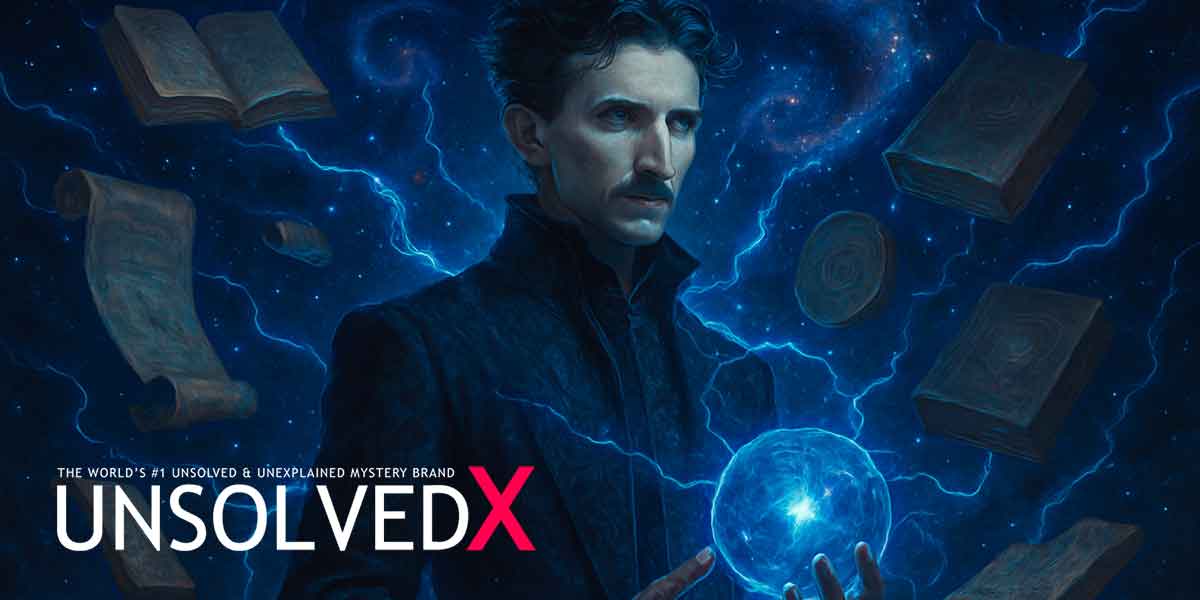
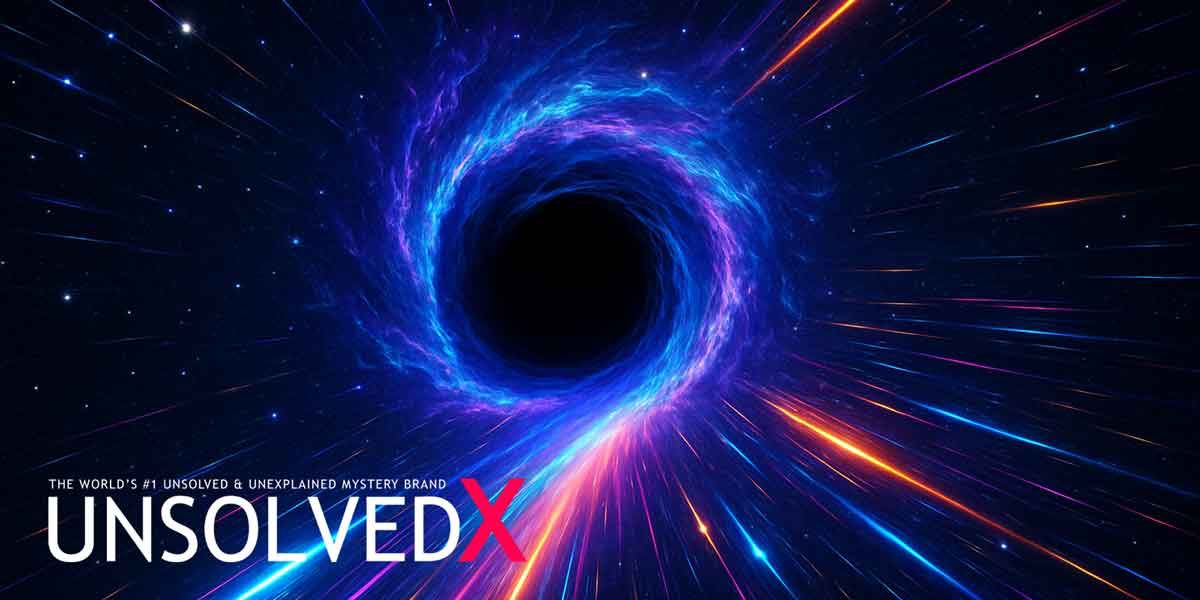
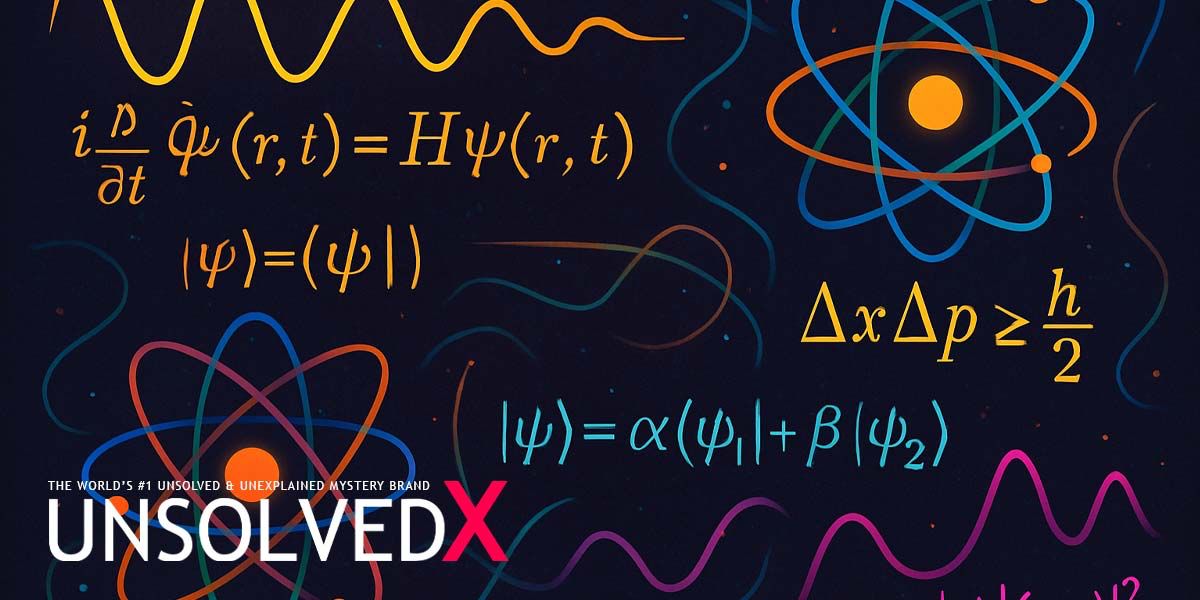
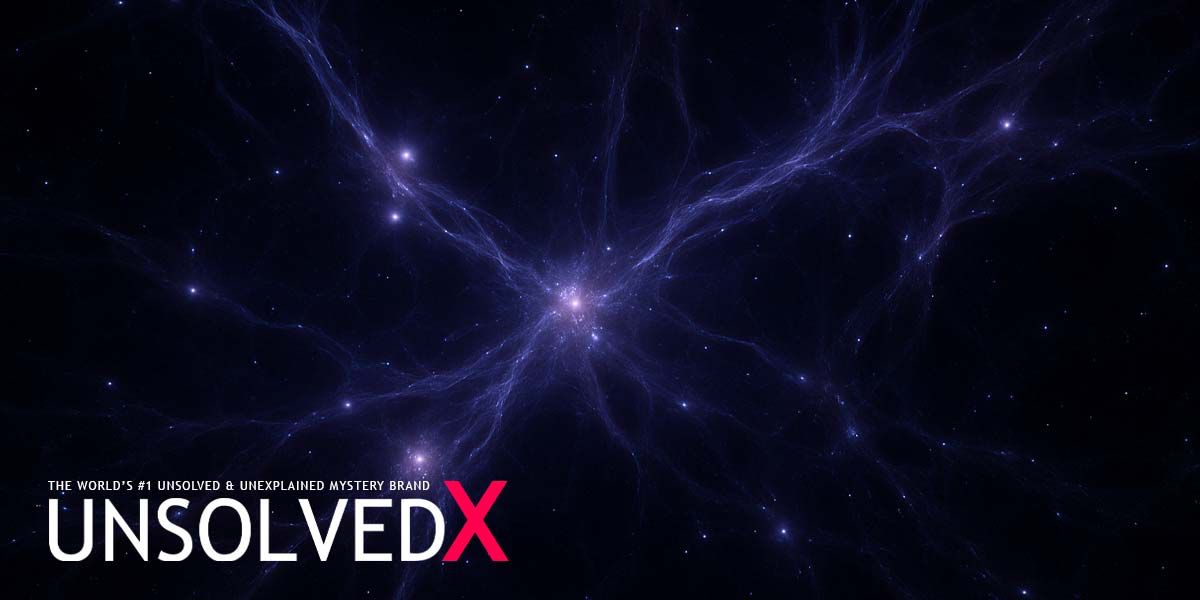



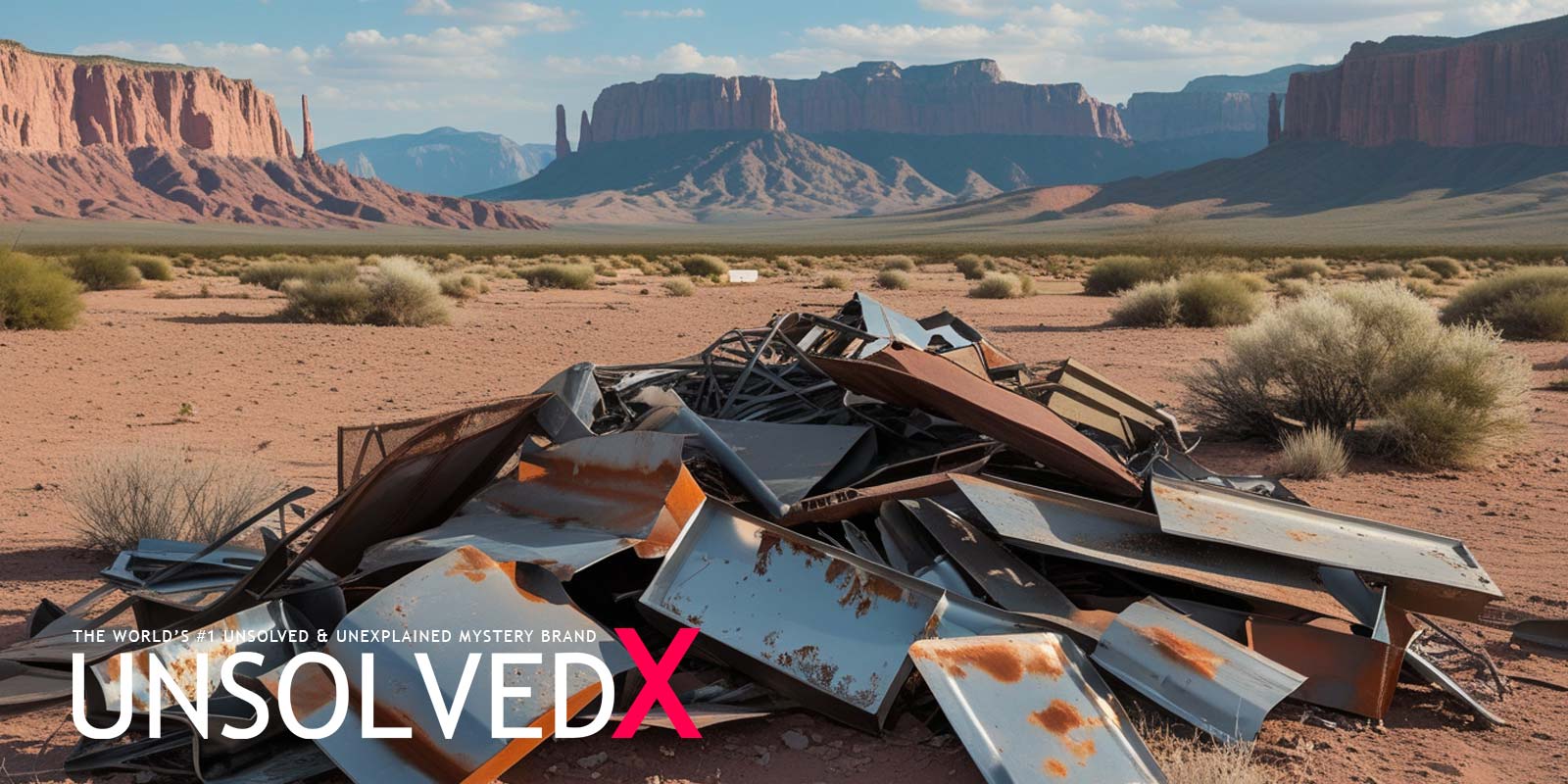
Comments
Comments section coming soon!